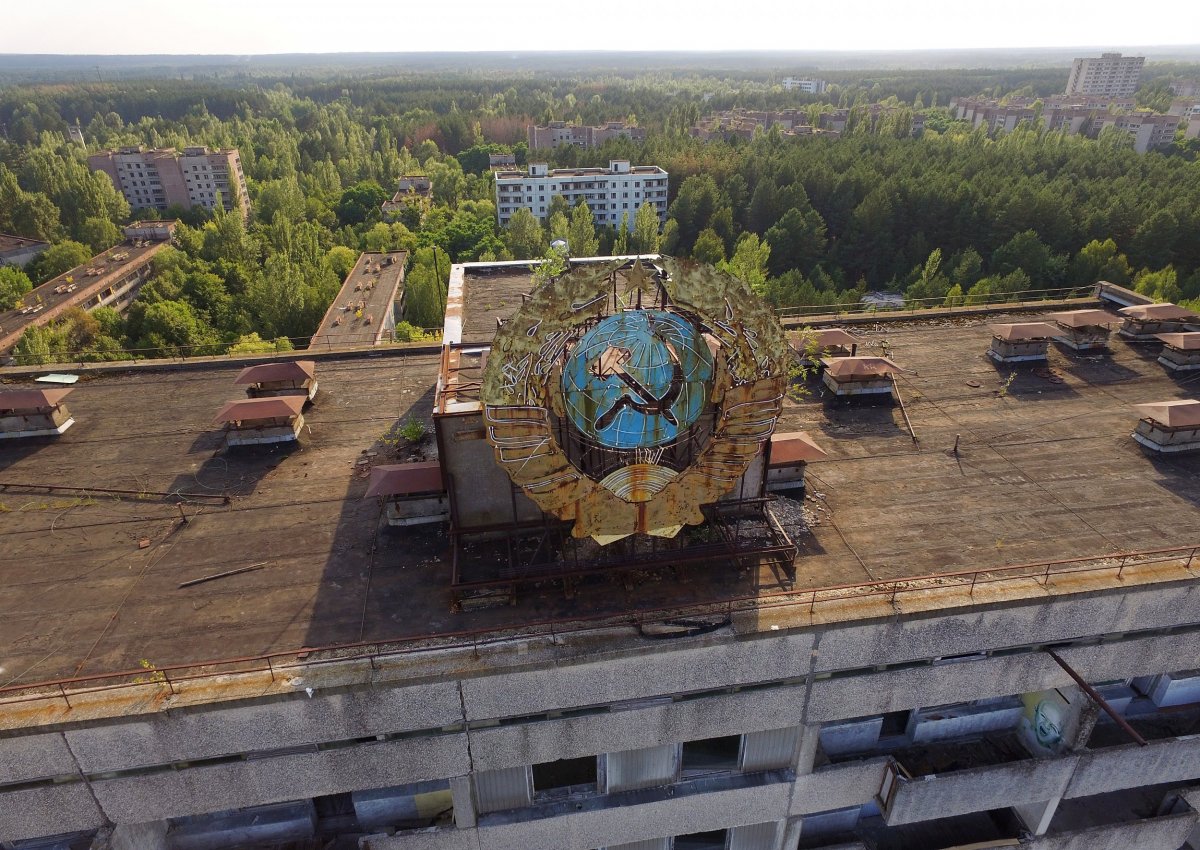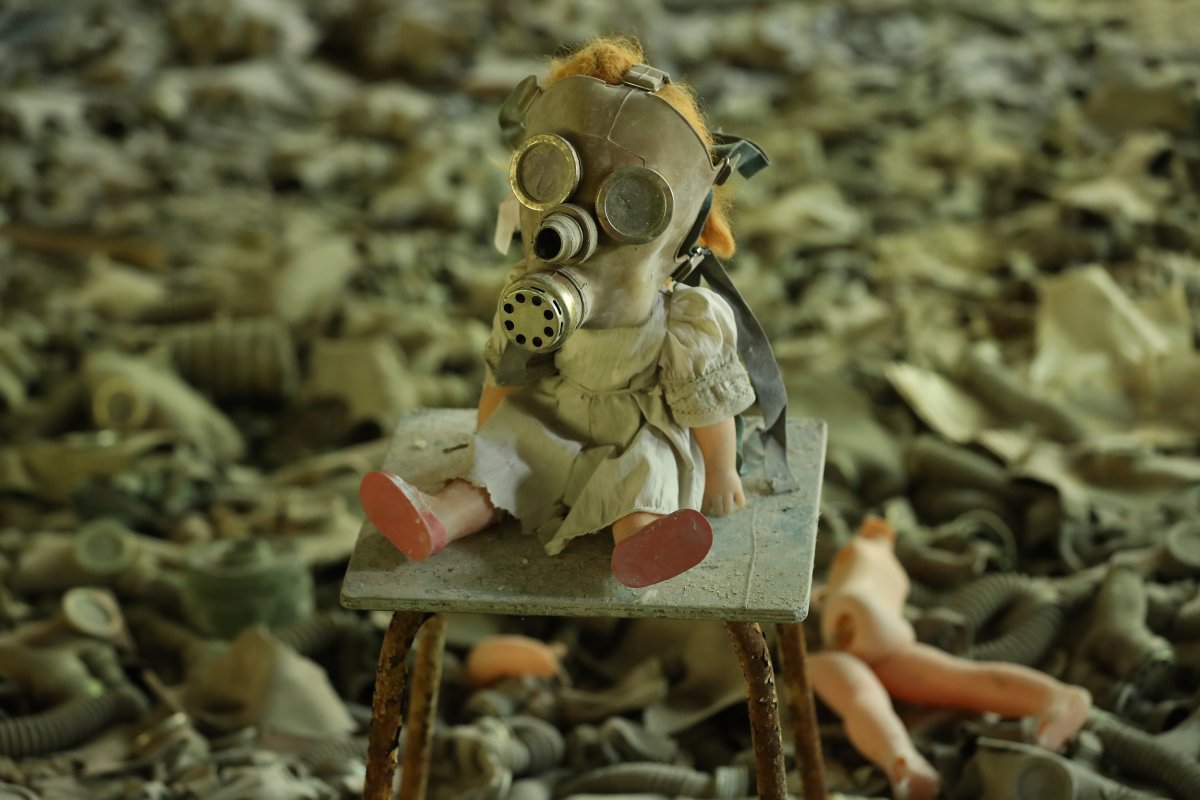Thirty-two years ago, the world witnessed the worst ever civil nuclear disaster when the Chernobyl nuclear power plant ejected a cloud of radiation into the air above northern Ukraine.
Much has changed since that April day in 1986—including the former Soviet Union itself. On the anniversary of the deadly disaster, here are the facts to know.
Where did the Chernobyl disaster take place and what happened?
On April 26, 1986, the Chernobyl nuclear power plant in northern Ukraine, near the city of Pripyat, suffered a series of explosions and a fire that caused a tremendous amount of radiation to be released into the atmosphere, mostly iodine and cesium isotopes. Experts point to both flawed design in the reactor as well as improper training—and response—of the power plant's employees.
"It was a direct consequence of Cold War isolation and the resulting lack of any safety culture," according to the nuclear power advocacy group World Nuclear Association.
The Chernobyl disaster is still considered the worst nuclear accident in history, with hundreds of thousands of people exposed to large amounts of radiation, in Pripyat and beyond, and leading to a massive evacuation in the plant's surrounding area.
How many people died at Chernobyl?
A few dozen workers and first responders died of injuries and radiation poisoning in the first few weeks, including on the day of the disaster itself. The radiation bubble released in the direction of the people living near the power plant has also been pointed to as a source of cancers that have cropped up among the population. According to the World Nuclear Association, "a large proportion of the childhood thyroid cancers diagnosed since the accident are likely to be due to intake of radioactive iodine fallout." There is debate over whether there have been additional negative health effects outside of those thyroid cancers.

What is Chernobyl like today?
Life goes on in certain areas near the site of the nuclear accident, with radiation levels dropping in those neighborhoods and people continuing to live and work in them, according to the International Atomic Energy Agency, which reports to the United Nations. But the Chernobyl Exclusion Zone remains—a designation that covers an almost 20-mile radius around the affected nuclear power plant, for an area of about 1,000 square miles. In that zone, the government restricts who can enter. Plants and animals living in the areas with the highest levels of radiation are radioactive themselves. Still, wildlife has thrived in the absence of human settlement, with creatures like wolves, birds, deer and puppies filling the void where people once were.
When will Chernobyl be habitable?
It's hard to say when, exactly, the Chernobyl Exclusion Zone will be habitable once again. As the disaster is regarded as the worst in history, there is nothing to compare it to. Authorities are still working on remediation efforts more than three decades later, and have said it could take another few hundred years before radioactive elements decrease enough that the land around the affected reactor will be livable again. But it may also take much longer than that. Some estimates reach into thousands of years.

Uncommon Knowledge
Newsweek is committed to challenging conventional wisdom and finding connections in the search for common ground.
Newsweek is committed to challenging conventional wisdom and finding connections in the search for common ground.
About the writer
To read how Newsweek uses AI as a newsroom tool, Click here.








